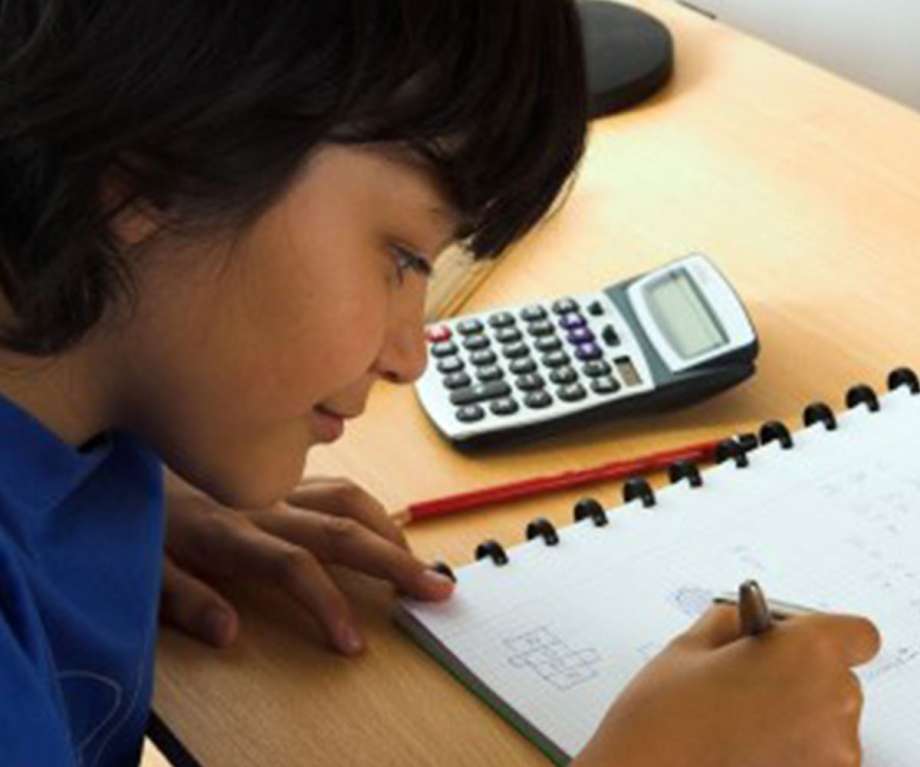Common Core Confusion: A Guide to Understanding Your Child's Schoolwork

In this article, you will find:
Understanding the Math Standards
According to the Common Core State Standards Initiative website, a key element of the Math Standards, commonly known as "reform" math or "inquiry-based" math, is the ability to justify, based on the student's mathematical maturity, why a particular mathematical statement is true. Gone are the days of "basic" math (memorizing multiplication tables and simply adding and subtracting for the correct answer) — inquiry-based math encourages students to explore different methods of arriving at an answer instead of just learning a formula to solve it, and to explain the mathematical rule that allowed him to reach the answer. Although the correct answer is still important, it's equally as important to explain how you got there. What method of thinking led you in that direction?For example, if a student has trouble learning multiplication, "new" math seeks to show that there is more than one way to approach a problem. The answer to a problem such as "6x3" can be arrived at by adding 6+6+6 or 3+3+3+3+3+3, or using a pencil and paper to make lines to add, instead of just memorizing multiplication tables. In younger grades, students are encouraged to count on their fingers and use objects (like blocks or cereal pieces) or lines or circles drawn on paper to grasp simple addition and subtraction concepts. This second grade addition and subtraction guide shows examples of the methods students can use to arrive at an answer. It not only uses numbers, but circles, lines, and graphs to aid in adding and subtracting.
In addition to this new focus on visual and mental math methods, the Math Standards also include some new terminology that many parents may not have heard before. For example, "forgiving math" or the "forgiveness method" is a different way of solving long division than the way most parents learned. Also, "Math Trailblazers" is a new research-based math program many schools are using to help kids learn math concepts using tools like calculators, rulers, and tape measures to solve real-world math problems. Many parents might feel frustrated that they didn't learn the same terminology or methods as their children. All parents are in the same boat and might need to take some extra steps (searching for examples online or consulting with the teacher for additional resources) to help their kids.